Finnish Gas Association’s views to Hydrogen and Gas markets Decarbonisation Package
Lausunto jätetty 18.6.2021 EU:n Have your Say -lausuntopalvelun kautta
The Finnish Gas Association welcomes the Hydrogen and Gas markets Decarbonization Package. Rapid phase-in of emission-free gas is necessary, to meet EU’s goals of reducing climate emissions by 55 % by 2030 and being climate neutral by 2050.
Background: recent developments in Finnish gas sector
Finland has recently been integrated to Finnish-Baltic gas market with the commissioning of Balticconnector pipeline in 2020. Further integration to European gas market will take place upon completion of GIPL pipeline between Poland and Lithuania. The pipeline connection is supplemented by three LNG terminals, as well as the development of gas refueling and bunkering infrastructure. Comprehensive gas infrastructure enables the delivery of low carbon gases from producer to end user. The technical capacity development was supported by gas market legislation reform, promoting competition, end user rights as well as promoting gas imports from variety of sources.
To prepare for the transition, companies from Finnish gas sector has launched National Hydrogen Cluster. Participating industrial companies aim to be frontrunners in clean energy transition. Similarly, Gasgrid Finland, national TSO, joined European Hydrogen Backbone -initiative to ensure that the infrastructure is ready to accommodate renewable hydrogen.
Future developments
During 2020’s, the gas sector decarbonization will be based on increase of biogas and biomethane production. The biogas production in Finland uses waste streams from agriculture, municipalities and forestry. No energy crops are used which compete with food production. The current government of Finland has decided to include biomethane to biofuel delivery obligation, as defined in RED II directive. This will increase the demand of biomethane, and offer the producers an attractive price, thus increasing production. The production of biogas and biomethane not only replaces fossil fuels, but also offers a new source of income to producers while decreasing emissions in energy, waste, and agricultural sectors. Therefore, the expansion of biomethane sector should be the main near-term goal for decarbonizing gas sector. This positive progress must not be foreshadowed concentrating solely on increasing the production of hydrogen and other synthetic gases, or by the lack of available gas cars for example.
In long term, the hydrogen and synthetic fuels will provide zero-carbon solution for sectors where electrification is not possible, and biogas production falls short in replacing natural gas consumption with biogas. Finland has large areas, in both land and sea, for large scale wind production, which might in future exceed the domestic consumption. Gases are the logistical solution to bring this renewable energy resource to consumers, in both Finland and wider in EU. Besides wind power, there are several other sources for zero-carbon hydrogen in Finland, including nuclear, solar and biomass. All these energy resources have potential to increase Europe’s energy independence.
Recommendations
Based on expected future developments, Finnish Gas Association recommends the following:
Enable the emission-free gas technologies with gas market reform. As of 2021, low- and zero-carbon gases are still far from being competitive against natural gas. The market needs to be reformed so that zero- and low-carbon gases will be competitive without subsidies.
Set sustainability criteria for hydrogen and synthetic gas. Sustainability criteria is needed urgently, so the industry can make investments to clean energy production.
Promote all zero-carbon gases. Biomethane is a low hanging fruit of decarbonized gases. National and EU-level economical, regulatory, and technical barriers for biomethane should be removed as soon as possible, considering the national realities and features of local gas markets. In long term, clean hydrogen and derived synthetic gases offer large-scale clean solution for industry, transport, and other hard-to-electrify sectors. As the local resources, production facilities, and the production scale of different decarbonized gases vary greatly, no “one size fits all” -solution should be forced.
Identify the key sectors for decarbonized gases. There is potential for electrification in some end use application where natural gas is used today. We should identify the sectors and end use applications where electrification is not technically realistic in foreseeable future and concentrate the efforts to promote clean gases where appropriate. The Finnish industrial sectors are committed to energy system decarbonization.
Strengthen the gas quality standards. The gas quality standards should be strengthened, to promote switching gas consumption to decarbonized gases. This is especially important to biomethane sector, as the consumers might be discouraged to use biomethane if it has significantly lower energy content compared to natural gas. As the decarbonized gases will be traded at EU-wide market, the gas quality should be regulated at EU level as well.
Increase the security of supply by sector integration. Renewable gas production links electricity, gas and heating sectors. Integration makes the energy system more flexible. The gas infrastructure provides large-scale energy storage for renewable energy. Sector integration, energy storages and flexibility increase the security of supply.
Support the R&D&I of advanced gas technologies. Public sector support for emission free gas technologies gives clear signal to European gas equipment OEMs to develop low-emission technologies, that there is a large domestic market for such solutions in the future. This will create employment in European high-tech industry. Furthermore, the OEMs can export their products to third countries, enlarging the ecological handprint of the OEMs well beyond the EU countries.

